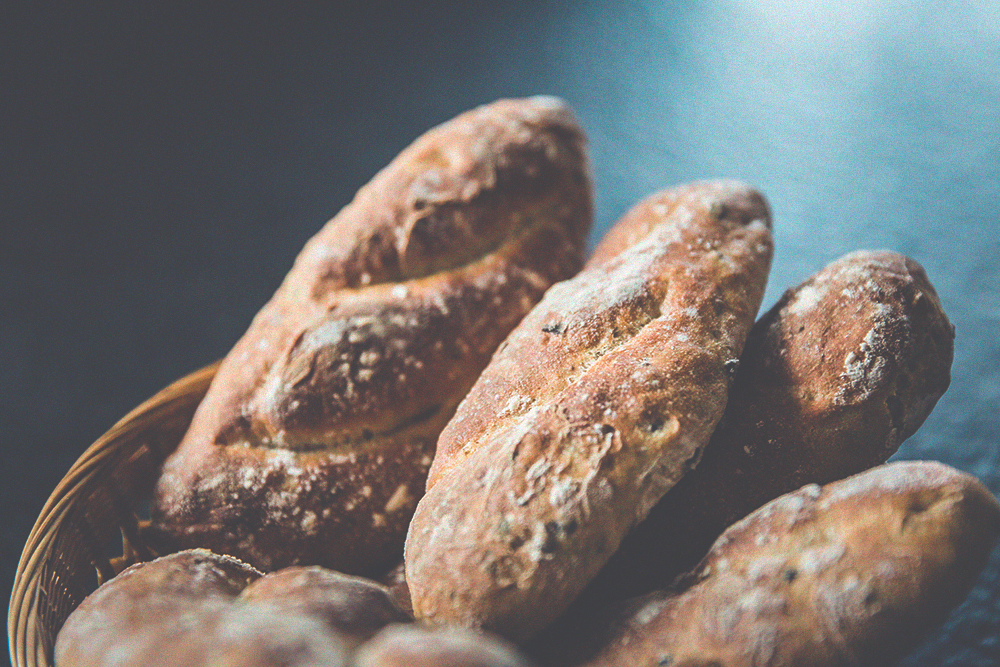We have all heard that we should ditch the white bread and go for the grains, but is whole wheat really that much healthier for you?
BY: KIM DENKHAUS, MS, RD
Bread is a standard kitchen staple, but your selection can make a difference in its nutritional content.
First, let’s get to know how whole wheat and white bread are made.
Both breads start from flour that is made from wheat berries. The flour in whole wheat bread contains all three parts of the wheat berry, the bran, the germ, and the endosperm, while white bread contains only the innermost starchy layer, the endosperm. Because it contains all components of the grain, whole wheat bread is a much higher source of fiber and other nutrients like B vitamins, magnesium, and folate.
White bread contains mostly a refined (or processed) grain, which means that many of the naturally-occurring beneficial nutrients have been stripped away during processing. Because white bread is refined, it contains significantly less fiber and other nutrients.
Why does fiber matter?
Foods high in fiber, such as whole grains, help to slow digestion, leading to a steady release of blood sugar. Fiber is key for good health for a variety of health reasons, from lowering cholesterol to increasing satiety (or the feeling of fullness). High fiber diets have been linked to decreased risk of heart disease, stroke, and type 2 diabetes. Fiber also helps keep bowel movements healthy and regular, and aids in reducing constipation.
Switching from white to whole wheat bread will not only keep you regular, but it will also help you feel full longer and may help in weight management.
To boost your fiber intake, aim to make at least half of your daily grain intake whole grains. By eating a variety of whole grains, you will naturally lower your intake of refined foods, such as white bread, crackers, cake, cookies, and candy.
For optimal health, aim for 25 to 35 grams of dietary fiber per day.
Some good sources of fiber include:
- 100% whole grains (such as oats, bran, rye, barley)
- 100% whole wheat or whole grain bread, cereal, and pasta
- Brown rice
- Beans, peas, nuts, and seeds
- Vegetables
- Fruits
Final tip: When looking for a healthy whole wheat bread option, it’s important to read the ingredients listed on the food label. Look for “whole grain,” or “100% whole wheat” or the “100% Whole Grains Council” stamp, and don’t fall for the ‘multigrain’ label!
It is also important to note that a food product can be labeled whole grain by containing at least 51% of whole grains by weight. Many whole wheat-labeled products still involve processing – such as grinding, puffing, and flaking – which can remove fiber and other parts of the grain to give them a longer shelf life.
Eating whole grains in its whole-kernel form is still the most beneficial way to get in your fiber from whole grains. However, if you’re looking for the perfect bread slices for your sandwich, it’s a no brainer.
Go for the whole wheat!
Adapted from the original article.
Kim Denkhaus, MS, RD, is a registered dietitian nutritionist in private practice in Los Angeles and San Francisco, California. She has been in the health and wellness industry for over 8 years, and is passionate about helping individuals reconnect with food in a sustainable, healthier way that will help them appreciate where their food comes from and empower them to use use whole foods to fuel and nourish their bodies.

